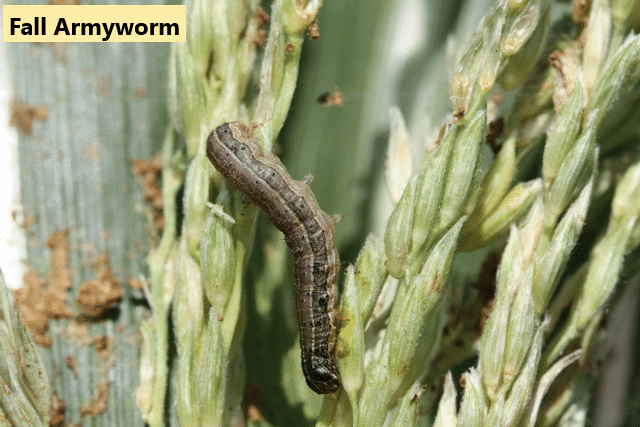Results from the 2024 Tennessee OVT and CST trials are now available in pdf or excel format. Tests were grouped by maturity into early (<114 DAP), medium (114 – 116 DAP), and full (> 116 DAP). Data were collected on yield, moisture, test weight, lodging, height, protein, oil, starch, and disease. 
AgResearch and Education Center (REC): Forty corn hybrids were evaluated at nine sites in small plot replicated trials . There were 10 hybrids in the early- (Tables 4-5), 21 hybrids in the medium- (Tables 9-10), and 9 hybrids in the full-season (Tables 14-15) tests.
County Standard Tests (CST): Twenty-seven corn hybrids were evaluated in unreplicated strip trials. Trials consisted of an early- (11 hybrids at 9 locations, Table 6), a medium- (8 hybrids at 15 locations, Table 11), and full-season test (8 hybrids at 14 locations, Table 16).
Common to both the REC and CS tests were 5 early-season, 7 medium-season, and 3 full-season hybrids (Tables 8, 13, 18). Hybrids in the “A Group” (not statistically different from the highest yielding hybrid) are listed below for each trial and test (click the image to view larger size). 





